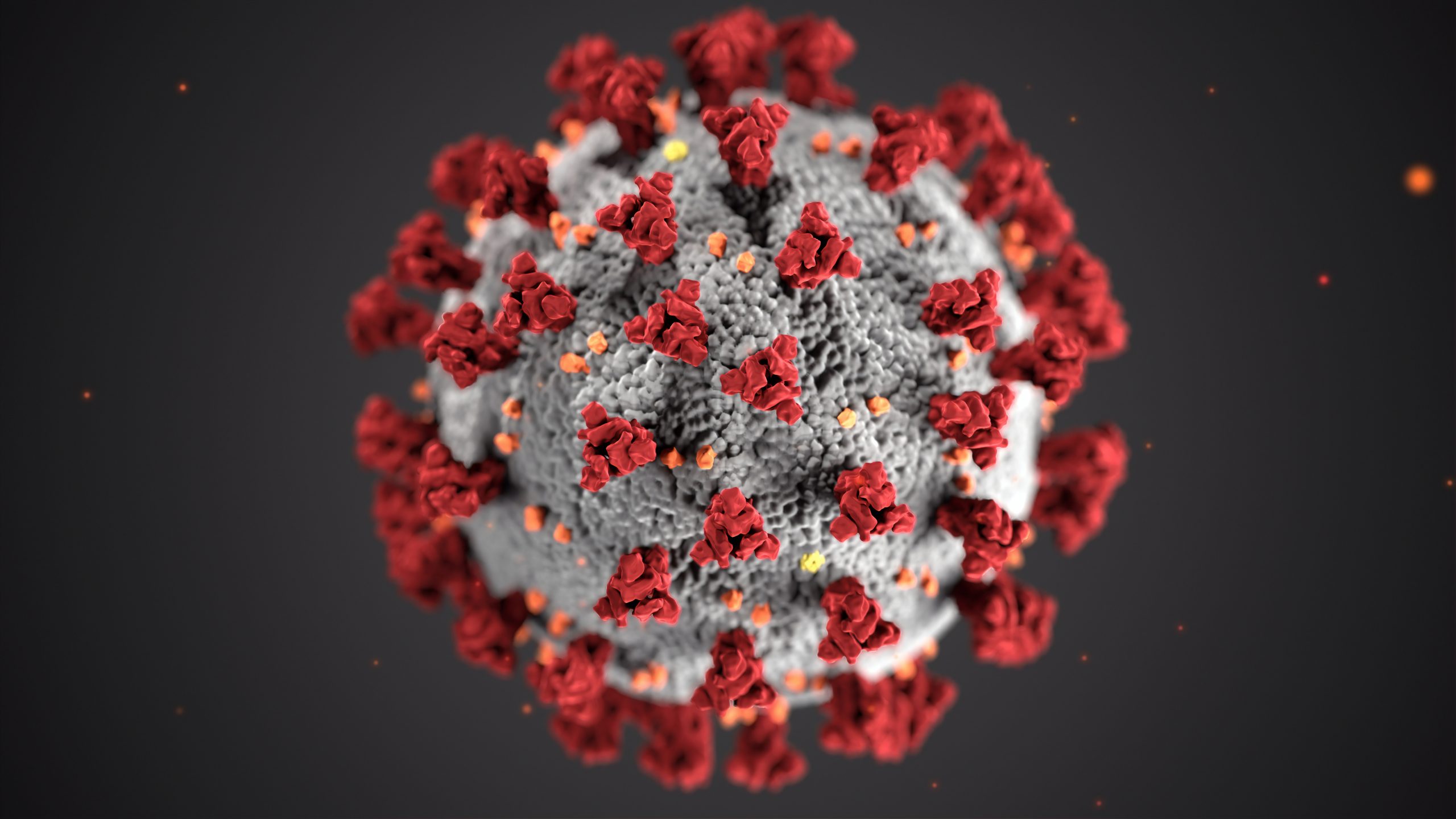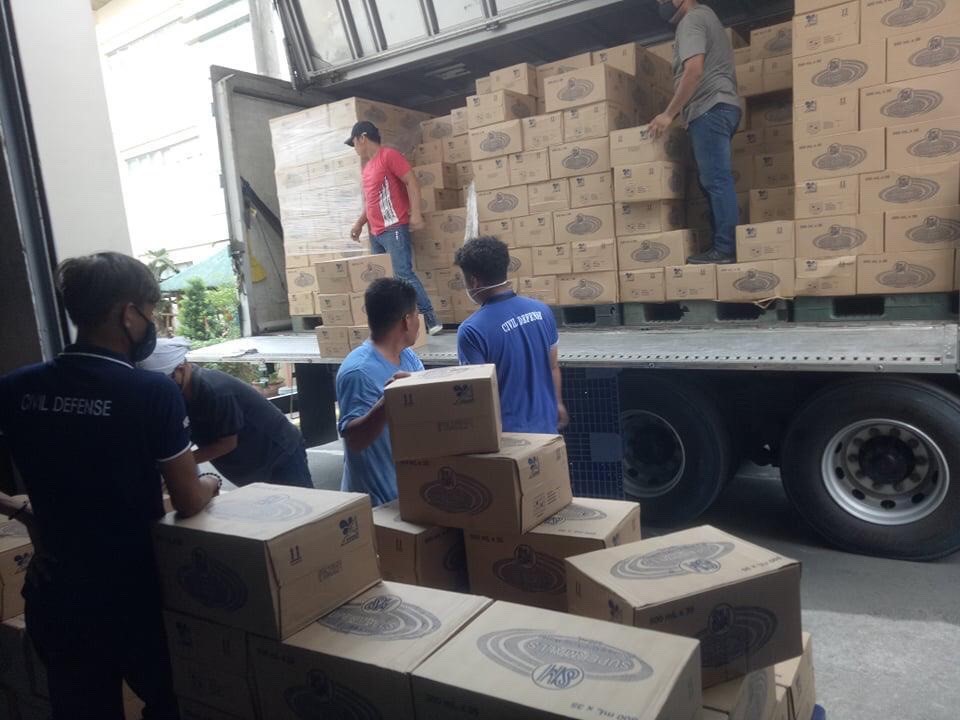Day: March 22, 2020
-

#FlattenTheCurve: Effects of Exposure Risk Reduction and Quarantine Policies on COVID-19 Local Transmission Rates in the Philippines 20 MAR
Source: Publicus Asia | Date: March 20, 2020 The Chief Data Scientist and top policy strategists of PUBLiCUS Asia, Inc. (PAI) have collaborated to publish Competitive Intelligence (CompIntel) Report No. 1, Series of 2020 titled “#FlattenTheCurve: Effects of Exposure Risk Reduction and Quarantine Policies on COVID-19 Local Transmission Rates in the Philippines”. This CompIntel Report…
